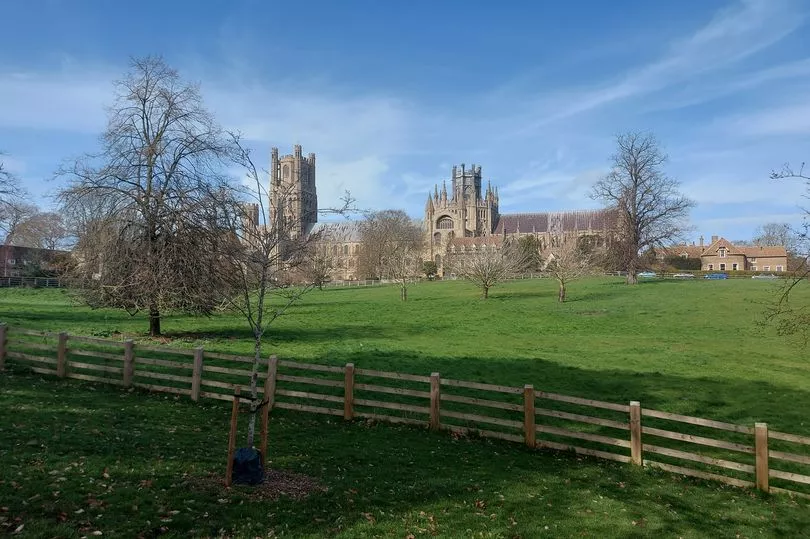The bustling town of Aylesbury is bracing itself for significant travel disruptions as a crucial thoroughfare into the town is […]
As the cost-of-living crisis continues to deepen across the UK, the economic disparities within regions are becoming increasingly apparent. Nowhere is this more evident than in Cambridgeshire, where stark contrasts can be seen between its various districts. East Cambridgeshire stands out as the lowest-paid authority area in the county, followed closely by Fenland, painting a troubling picture for local residents and policymakers alike.
The Stark Realities of Low Wages in East Cambridgeshire

Source: https://www.cambridge-news.co.uk/news/local-news/best-worst-paid-regions-cambridgeshire-29464676
East Cambridgeshire, despite its picturesque landscapes and rich history, holds the unfortunate distinction of being the lowest-paid area in Cambridgeshire. According to recent statistics, the average wage here lags significantly behind the national average. This economic strain affects families, businesses, and community services, exacerbating issues related to poverty, housing affordability, and social mobility.
Fenland: Struggling Just a Step Behind
Hot on the heels of East Cambridgeshire in terms of low wages is Fenland. This district also grapples with significant economic challenges. Residents in Fenland face similar obstacles, including limited job opportunities, lower-than-average wages, and a higher cost of living. The economic stressors in Fenland mirror those in East Cambridgeshire, suggesting systemic issues that span multiple districts within the county.
Comparative Analysis: The Best-Paid Regions
Contrasting sharply with East Cambridgeshire and Fenland are the best-paid regions in Cambridgeshire. Areas such as Cambridge city and South Cambridgeshire boast higher average wages, reflecting their thriving economies driven by technology, education, and innovation sectors. These regions benefit from a robust job market, attracting skilled professionals and fostering prosperous communities.
Implications and Calls for Action
The wage disparity within the county not only highlights regional inequalities but also calls for targeted policy interventions. Local government, businesses, and community organisations must collaborate to address these economic imbalances. Investment in education, skills training, and infrastructure development can play pivotal roles in uplifting the lower-paid areas.
Furthermore, initiatives to attract new industries and promote entrepreneurship could provide much-needed economic diversification and resilience. Ensuring equitable access to employment opportunities and fair wages across all districts is crucial for fostering inclusive growth and improving overall quality of life in Cambridgeshire.
Conclusion: Bridging the Gap
While Cambridgeshire is home to some of the nation's most prosperous areas, it is also grappling with deep-seated economic challenges in districts like East Cambridgeshire and Fenland. Addressing these disparities will require concerted effort and innovative solutions. By acknowledging and acting upon these issues, there is hope that all regions within Cambridgeshire can move towards a more balanced and equitable future.